
TesseLace Index
The grounds that appear in the TesseLace index are the result of research by Veronika Irvine and were generated using a mathematical model. Some of these grounds are familiar, traditional grounds. Others have not been found in known catalogues and are likely new.
In the following tables,
- click on the image to see thread and pair diagrams in GroundForge,
- click on txt to download a template file for use with the bobbin lace plugins for Inkscape,
- click on svg to move intersection positions around.
Families of patterns are variations of the same pattern with modified pin positions. Note: Currently, GroundForge does not support pin positions therefore the thread diagrams for all members of a family look the same.
Traditional Grounds
See note 5 of the sampler by G. Whiting for a few more families of patterns.
Cloth family


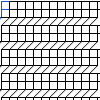

Diamond family
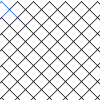


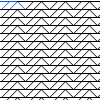
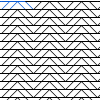

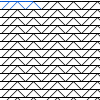
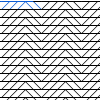
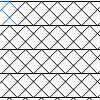
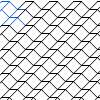

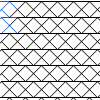
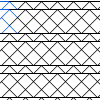
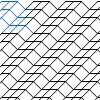
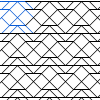
See also:
Kat or Paris family
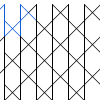
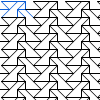


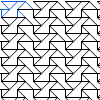
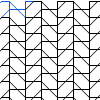


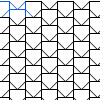

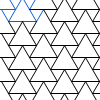
See also:
- MAE-gf Paris
- Valenciennes examples in the sampler by G. Whiting
Close cousin:
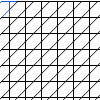
Rose family

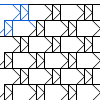
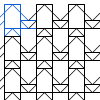

See also:
Close cousins:
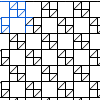
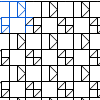
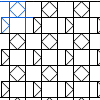
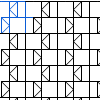
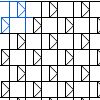

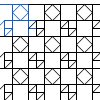
Bias family

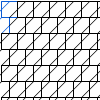
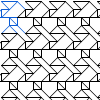
See also:
Non-traditional grounds
The non-traditional grounds have been grouped based on the size of the largest hole in the ground.